Having the proper refrigerant level of an air conditioning system is one of the key components to having properly cooled indoor air. The AC specialists at Carney Plumbing, Heating & Cooling can easily diagnosis the AC problems which could be a result of low refrigerant levels get your system back up and running in no time.
Low Refrigerant Levels Mean AC Problems
One of the most common signs of low refrigerant levels is having an air conditioner that only blows warm air or one that does not sufficiently cool an entire indoor space, leaving some rooms which are warmer than others. This is because refrigerant is what creates the cold air, and without enough of it, you can never have enough cold air.
Frost build-up or icing around the condenser coils in the outdoor unit can mean a refrigerant leak has caused low refrigerant levels. Because ice build-up restricts air-flow, this can mean less cool air flowing into various rooms. Low levels of refrigerant can cause coils to drop in temperature which then creates frost or ice on the coils.
An AC system that will not turn on could also be a result of low refrigerant levels. Newer HVAC systems have built-in safety controls which detect certain changes in how internal systems function and as a safety precaution, shuts down the air conditioner in certain circumstances rather than continuing to run and further damaging other internal mechanical or electrical systems.
These are some of the main AC problems caused by low refrigerant levels. It is important to have a professional Harleysville air conditioning company such as Carney Plumbing, Heating & Cooling assist you with your air conditioning concerns. Our AC technicians provide air conditioning services such as air conditioner maintenance and repair, including fixing refrigerant levels and charging refrigerant.


 A wonderful customer details their experience with Carney Plumbing, Heating & Cooling .
A wonderful customer details their experience with Carney Plumbing, Heating & Cooling .